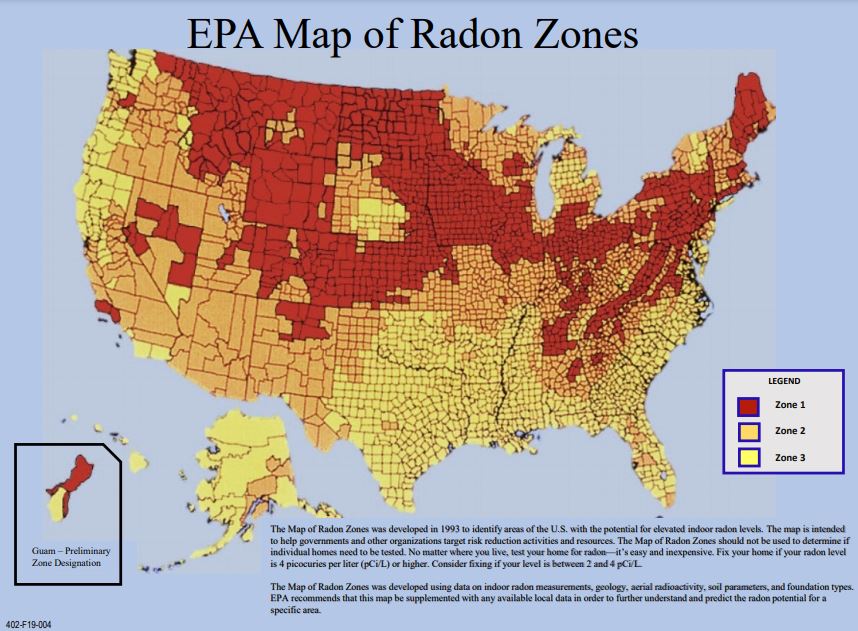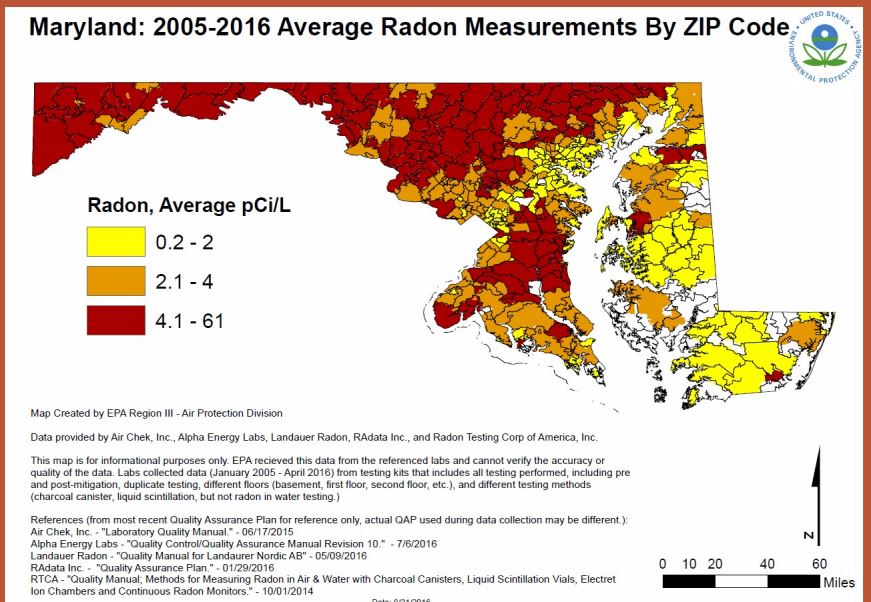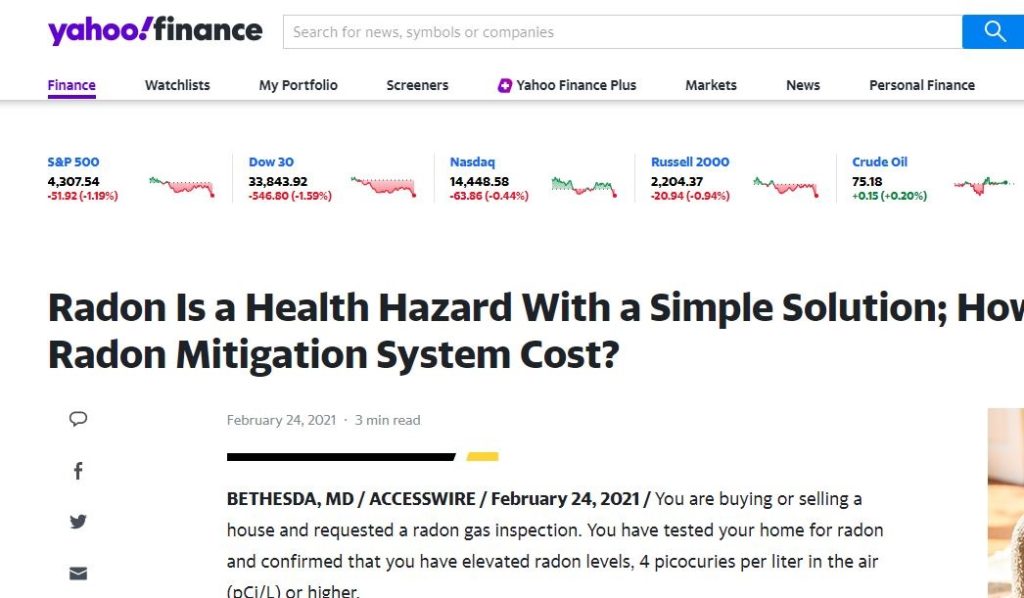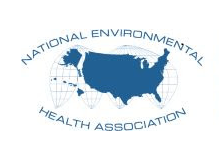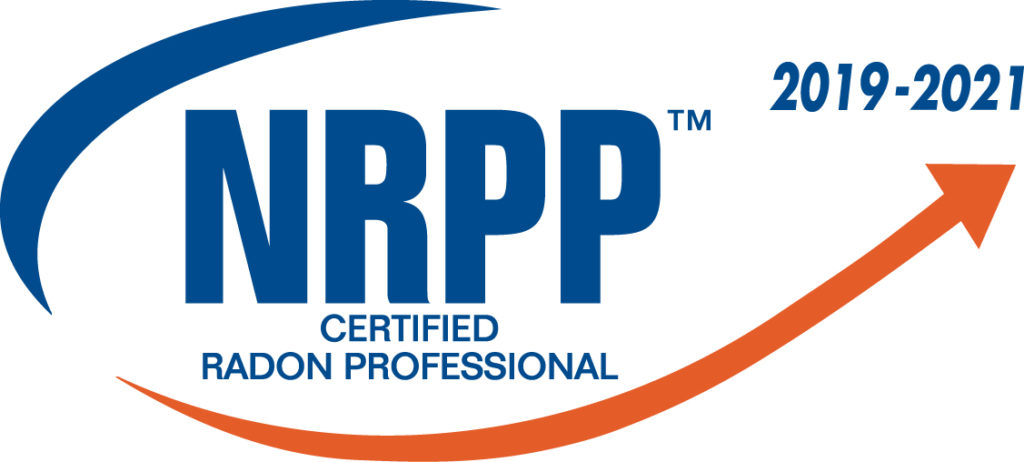WHAT DOES MY RADON LEVEL MEAN? A RADON TEST RESULTS GUIDE
- Written by: Kate Holder
- Category: Radon Testing
- Published: February 10, 2023
Interpreting Your Radon Test Results
Learn what the number of pico-Curies per liter means as it relates to the risk of damage and disease in your home or business.
Recommended Action Levels vary by country and typically range from 3 pCi/l (100 Bq/m3) to 8 pCi/l (300 Bq/m3). Recommendations below are based on test results by a Continuous Radon Monitor (CRM) Test of at least 48h duration and are based on recommendations by the EPA.
Radon Risk Information
Radon causes lung cancer by means of the decay of its daughter products after breathing in air contaminated with higher levels of Radon.
The World Health Organization (WHO) estimates that 15% of lung cancers worldwide are caused by exposure to elevated indoor levels of Radon. Overall, radon is the second leading cause of lung cancer responsible for about 21,000 lung cancer deaths every year in the US alone. Radon gas is the number one cause of lung cancer among non-smokers. The U.S. Environmental Protection Agency (EPA), the U.S.
Surgeon General, and the Center for Disease Control and Prevention (CDC) strongly recommend that ALL homebuyers have an indoor radon test performed prior to purchase or taking occupancy and recommend having the radon levels professionally mitigated if elevated radon concentrations are found.
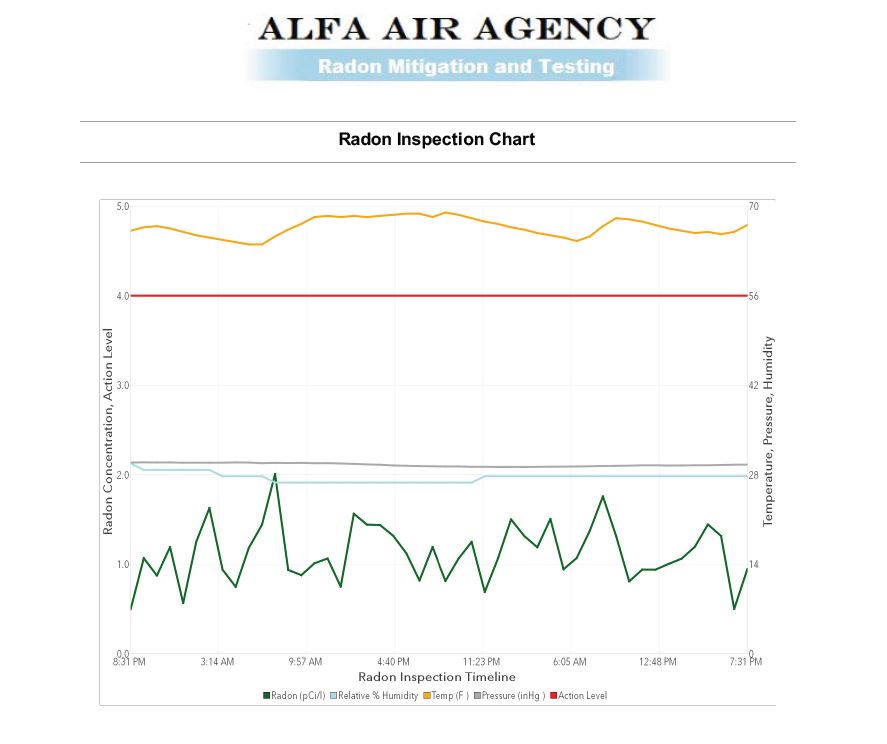
Greater than or Equal to 4.0 pCi/L
At or above 4.0 pCi/l (148 Bq/m3): Corrective measures to reduce exposure to radon gas is strongly recommended (ANSI MAH2014)
Between 2.0 and 4.0 pCi/L
Between 2-4 pCi/l (74-148 Bq/m3): Consider mitigation or periodic retest as indoor Radon levels vary by season and weather conditions.
Less than 2.0 pCi/L
Below 2 pCi/l (74 Bq/m3): Consider bi-annual retest or whenever significant changes to the home structure or mechanical systems occurred
For more information about radon mitigation contact us via email: [email protected]
Radon Facts
Radon is a naturally occurring radioactive gas that is a part of the uranium-238 decay chain. The immediate parent of radon-222 is radium-226. Radon comes from the breakdown (radioactive decay) of uranium that is found in soil and rock all over the world. Radon is a component of the air in soil that enters buildings through cracks and other pathways in the foundation. Eventually, it decays into
radioactive particles (decay products) that can become trapped in your lungs when you inhale. As these particles decay, they release small bursts of radiation that can damage lung tissue and lead to lung cancer over the course of a lifetime. Studies by the U.S. Environmental Protection Agency (EPA) have found that radon concentrations in outdoor air average about 0.4 pCi/L (picocuries per liter) of air. However, radon can reach much higher concentrations inside a building. Radon gas is colorless, odorless and tasteless. The only way to know whether elevated concentrations of radon are present in any building is to test.
Radon is a known human carcinogen. Prolonged exposure to elevated radon concentrations causes an increased risk of lung cancer. Like other environmental pollutants, there is some uncertainty about the magnitude of radon health risks, but EPA calculates that radon may cause 21,000 lung cancer deaths in the United States each year. The U.S. Surgeon General has warned that radon is the leading cause of lung cancer deaths in nonsmokers in the United States. Only smoking causes more lung cancer deaths
than radon. Not everyone who breathes radon decay products will develop lung cancer. An individual’s risk of getting lung cancer from radon depends primarily on three factors: the concentration of radon, the duration of exposure and the individual’s smoking habits. In addition, some people are more susceptible to lung cancer than others. Risk increases as an individual is exposed to higher concentrations of radon over a longer period of time. Smoking combined with radon is an especially serious health risk. The risk of dying from lung cancer caused by radon is much greater for smokers than it is for nonsmokers.

